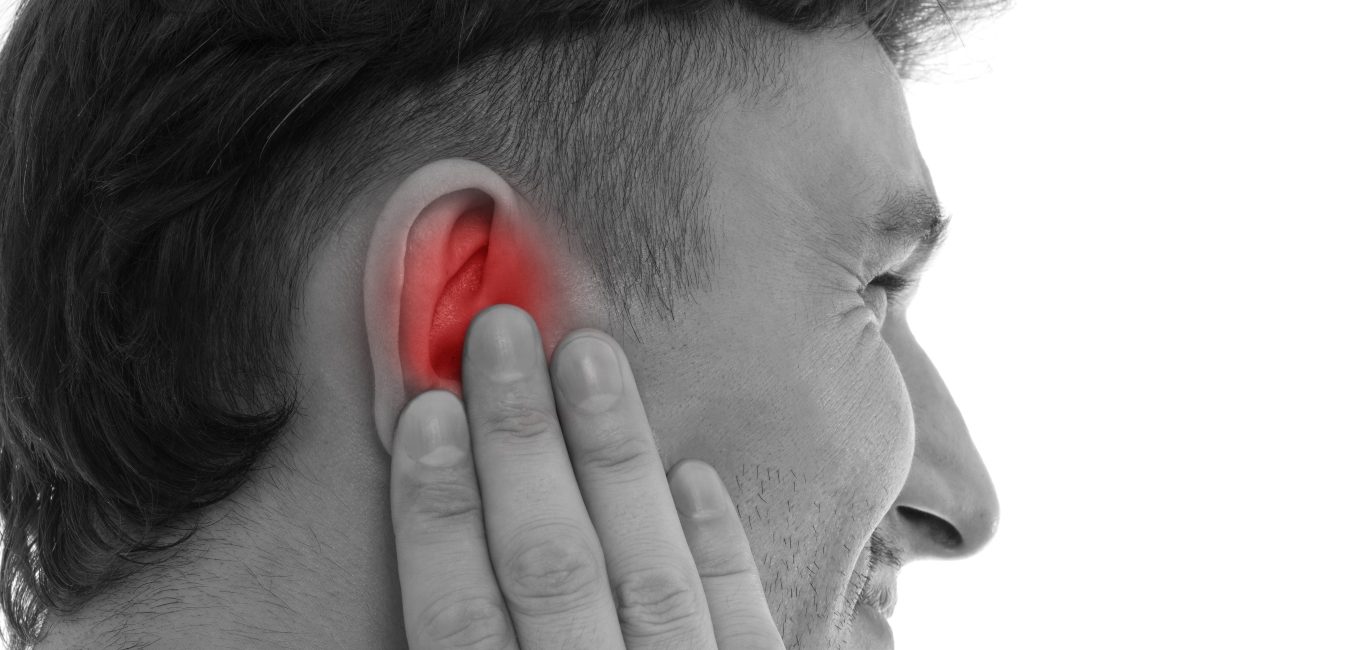We have all been there — the anxious anticipation that precedes a dental consultation. The fear of the dentist is a universal experience, fuelled by memories of persistent pain, the ominous white coat, and the unsettling sounds from drilling equipment and dental instruments. These noises, at times unbearable, become triggers for anxiety and fear, creating an uneasy atmosphere in the dental clinic.
When the dentist tries to place a tool in your mouth to examine, you might instinctively move your face away or express your discomfort. This is because we are not sure of what the dentist is doing inside our mouth. Experts refer to this as the ‘fear of the unknown’.
“For many, fear of dentists is based on a perception and not on reality,” says Dr Meghali Diwaker, consultant oral and maxillofacial surgeon, Goa. Previous bad dental experiences can also make you feel anxious and uncomfortable. However, recognising the concerns and working them out with your dentist creates a positive environment for your next visit.
A few basic dental instruments and their functions are explained below. These instruments are used during routine examinations and dental procedures.
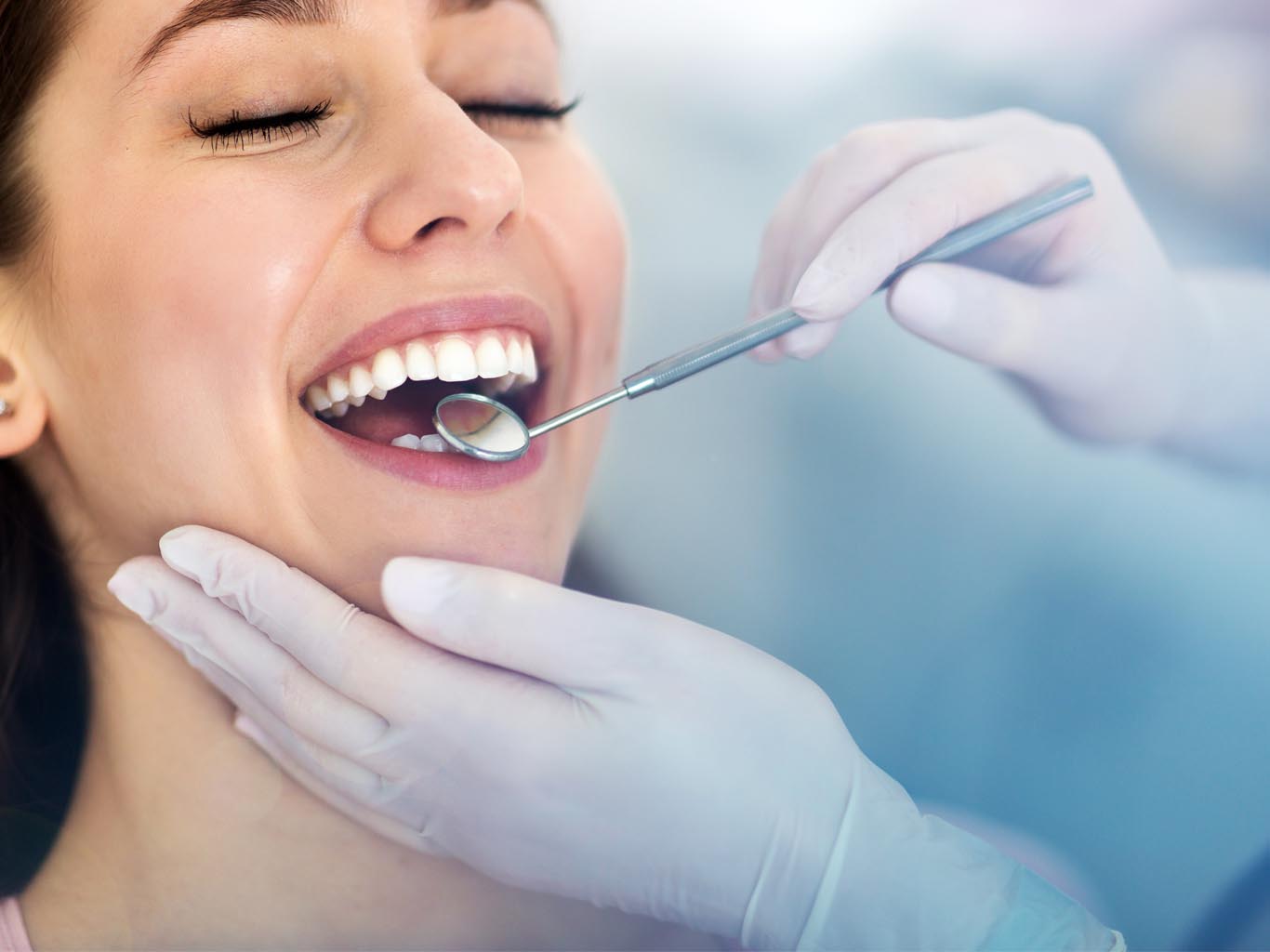
Mouth mirror
As soon as you enter a dental clinic, the dentist asks you to sit in a dental chair and directs the focus light towards your mouth.
If you are in a dental chair, the first thing that the dentist asks you to do is open your mouth wide and say ‘ah’. Then he or she picks up a mouth mirror and starts examining. Whether it is a child or an adult, the first instrument that dentists use is a mouth mirror. It gives a broad overview of the whole mouth and helps them make a diagnosis.
“The reflection of light in the mouth mirror illuminates a specific area and improves the visibility. It is especially used to examine the back of the mouth and the inner surface of teeth,” says Dr Diwaker. The mouth mirror is also used to retract the soft tissues such as the tongue and cheek during the diagnosis and dental procedures.

Dental probes
The naked eye can miss out the areas between the teeth and gums. To overcome this, dental probes are used.
Probes are thin, long dental instruments with a blunt end. They have markings such as on a millimetre scale. “The markings in the probe are used to check the depth of the gum tissue surrounding the tooth. It helps in identifying gum diseases and deep cavities at an early stage,” says Dr Diwaker.
With the help of X-rays and probes, the dentist can observe the changes in the bones surrounding the teeth and make a diagnosis.
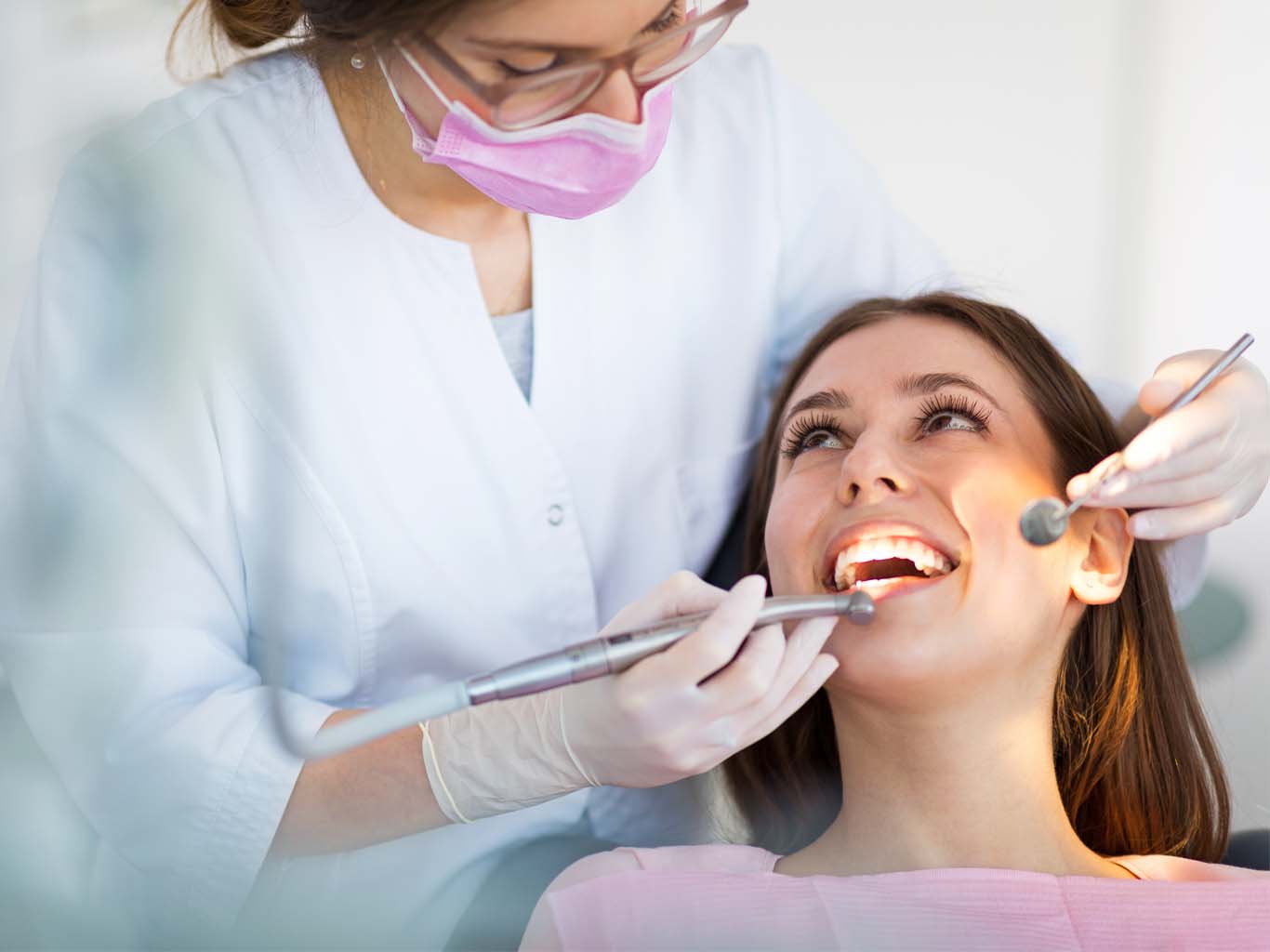
Dental drill
The dental drill is known as an airotor handpiece. It is powered by air pressure to spin faster and makes a buzzing noise. “Airotor works at high speed to remove the decay. It is also used to shape the tooth for fillings and crown placement,” says Dr Diwaker. It helps the dentist to perform various dental procedures faster and more efficiently.
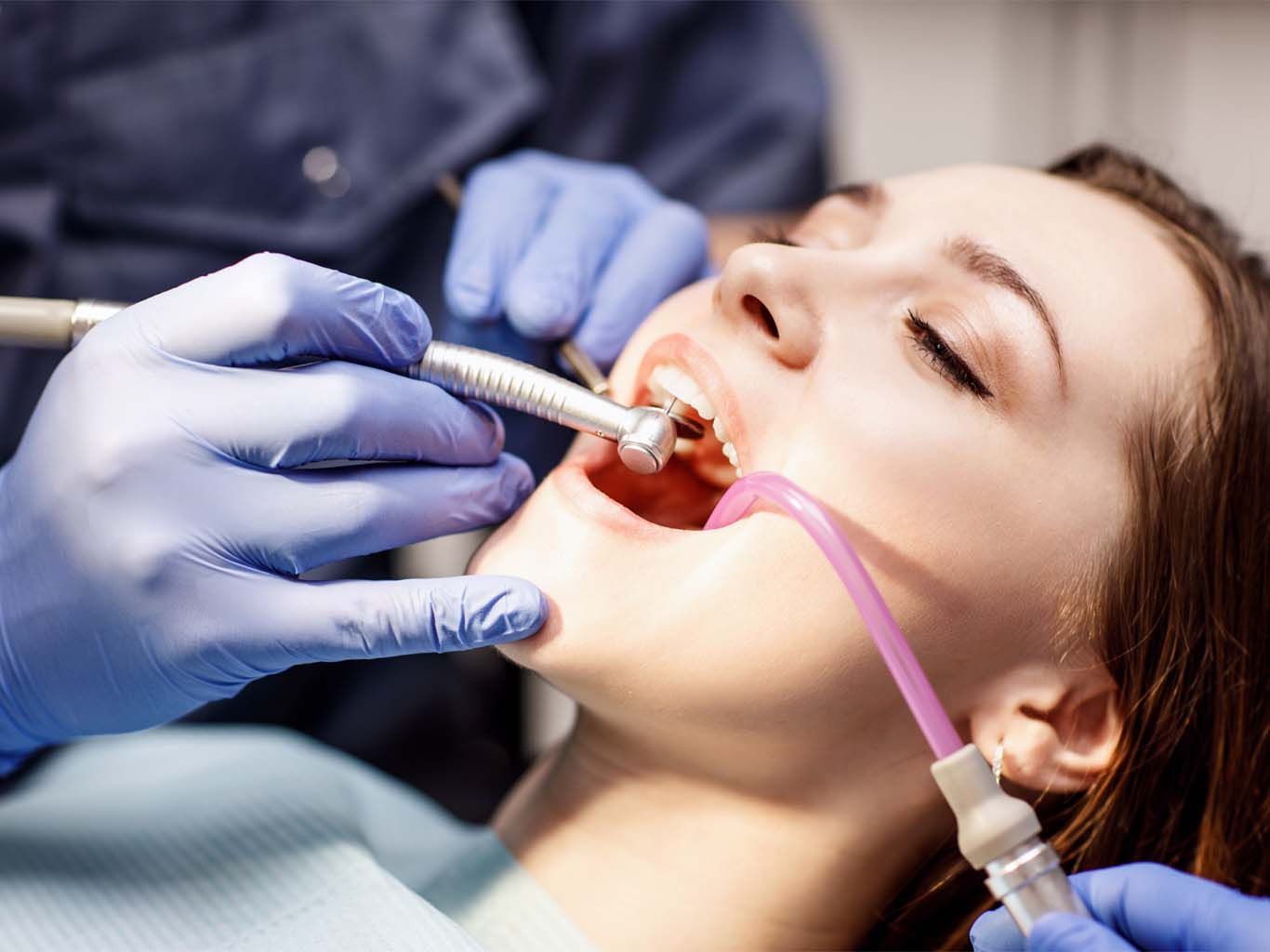
Suction tube
During the dental procedure, the dentist inserts a plastic tube in your mouth called a suction tube. “A suction tube is used to remove the water, saliva, and debris that accumulates in the mouth,” says Dr Diwaker. In other words, it acts like a mini vacuum cleaner for the mouth.
It keeps the mouth dry, and the individual will need not constantly spit out excess water or saliva during the procedure, Dr Diwaker adds. It keeps the airway clear and safe and ensures that people do not accidentally swallow the fluids or choke on anything.
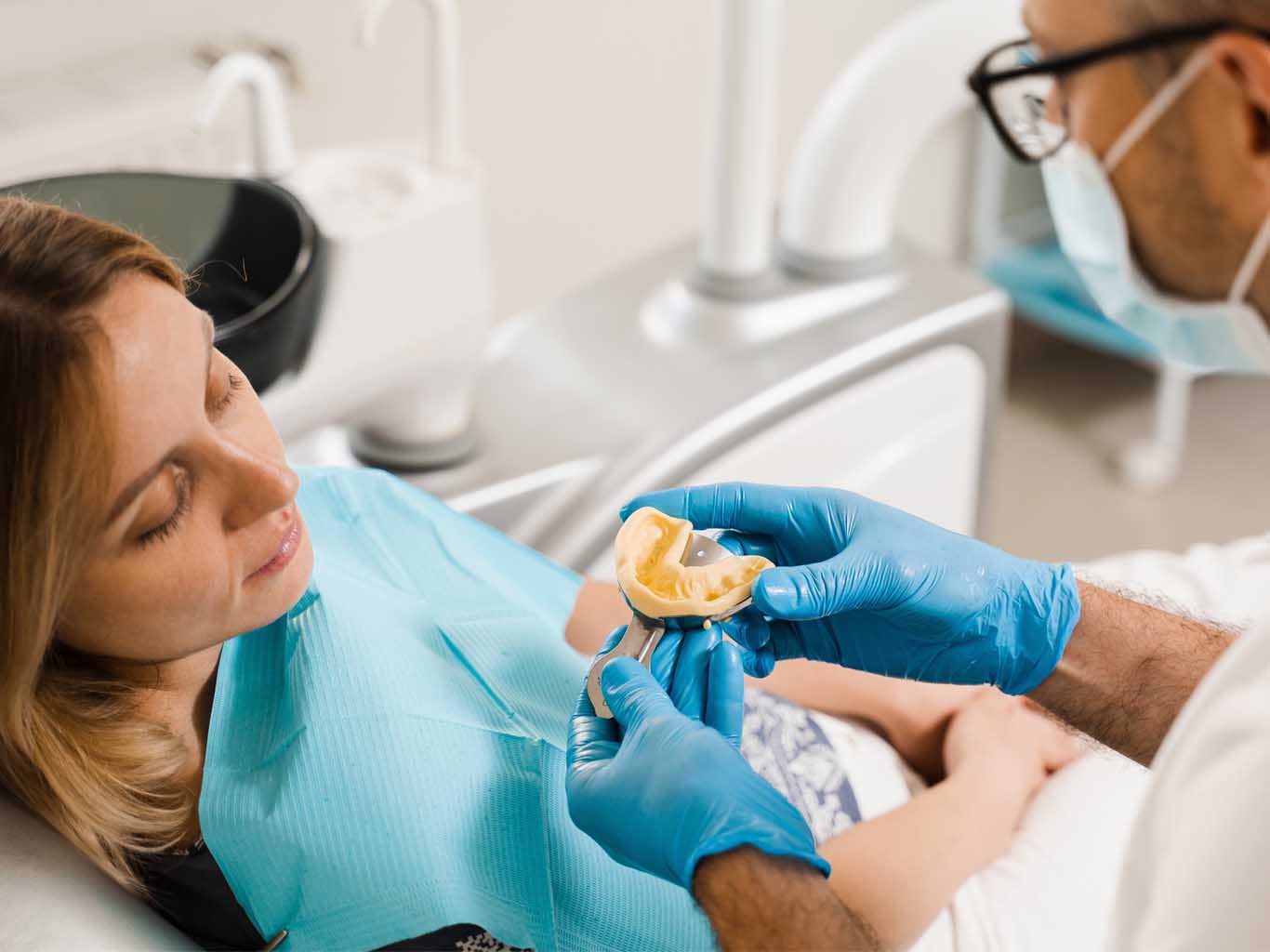
Impression material and trays
The dentist uses impression material to make an imprint of the mouth. The material is loaded in a tray to make outlines of the teeth or jaw. “The impressions are later used to prepare dental moulds for dentures and artificial teeth,” says Dr Savithri, consultant dentist, Coimbatore, Tamil Nadu.
She adds that the dentists use dental moulds to analyse the position of the teeth before wearing braces. However, with the recent advancements in dentistry, the impression material is being replaced with intraoral scanners. Dentists use these scanners to capture 3D images of the teeth and the oral structure.
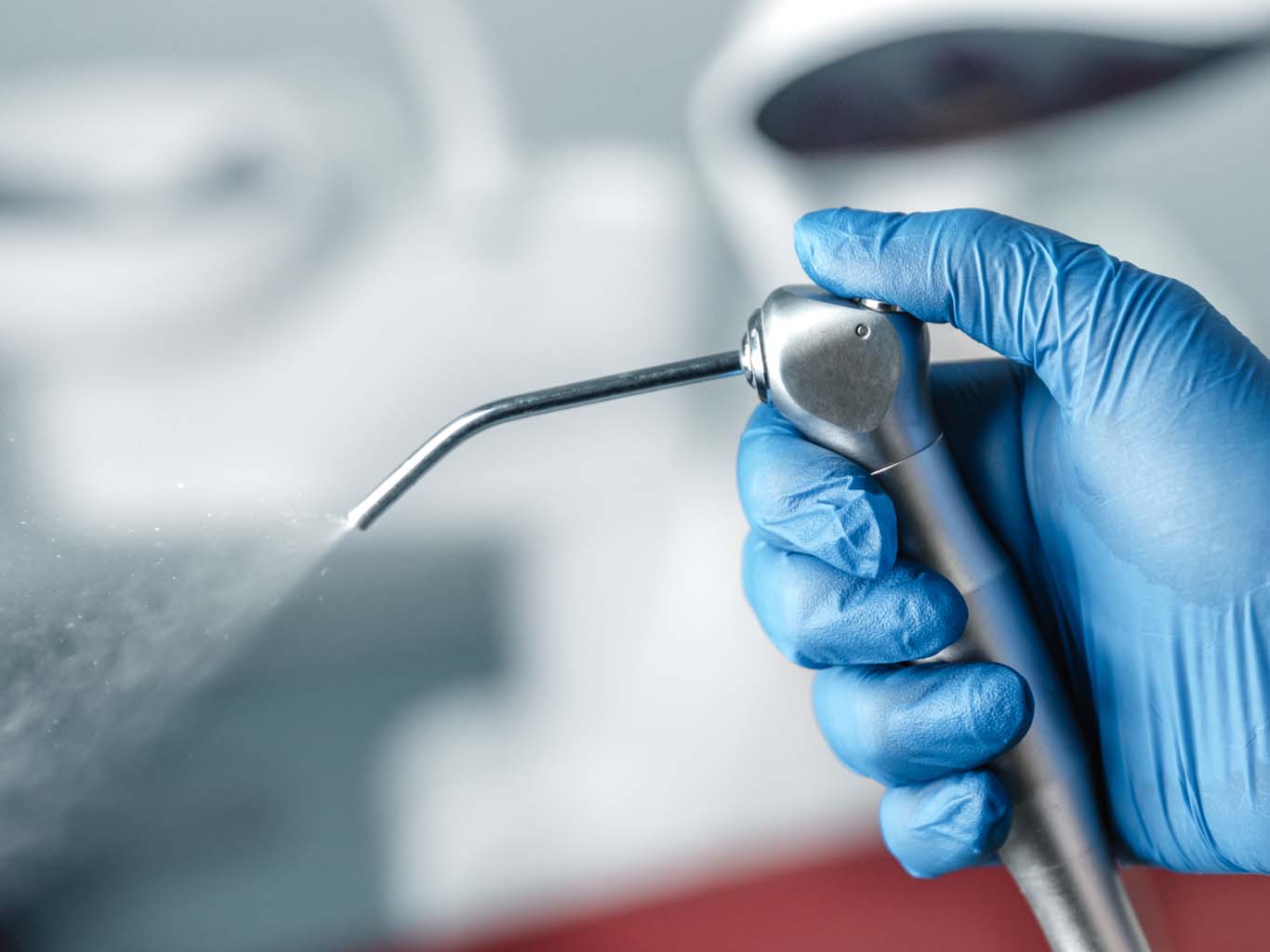
Three-way syringe
During the procedure, the dentist uses a three-way syringe to deliver a controlled stream of air, water, or a combination of both. “Dentists use air blow to dry the mouth during procedures such as tooth filling. They use water spray to remove the debris and to keep the mouth moist,” says Dr Diwaker.

Scalers
Dentists uses a tool called scalers to clean the teeth. A scalar produces high speed vibrations and scrapes away plaque (soft deposits) and tartar (hard deposits) from the teeth. “Individuals should do scaling every six months to keep their teeth healthy. It also reduces the risk of gum diseases,” adds Dr Savithri.
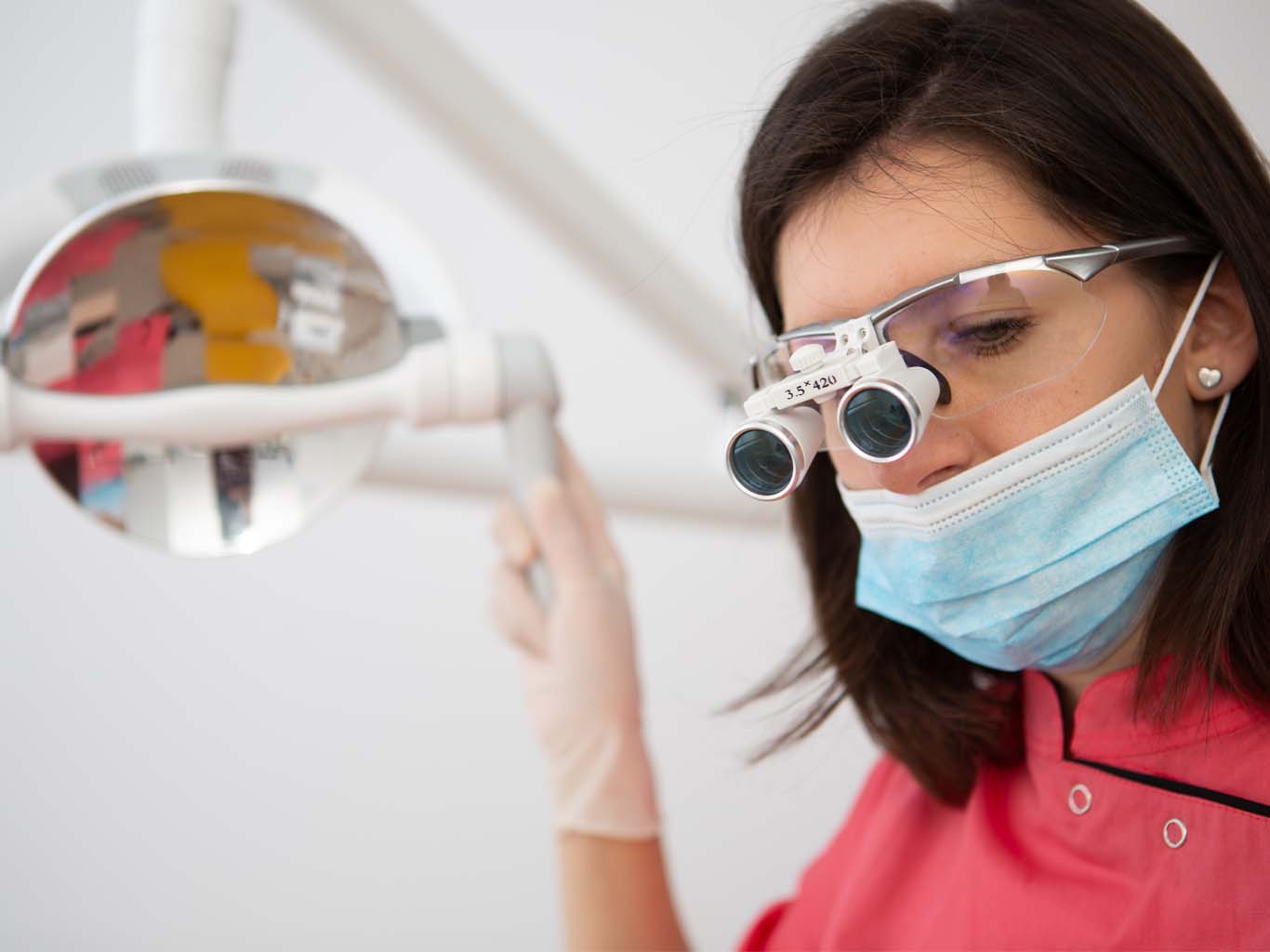
Dental loupes
These are magnifying glasses used by dentists for better visibility. They act like binoculars for dentists and help them focus on a specific area of the mouth or deeper layers of the tooth. In addition, they can even spot tiny cavities and work on them more precisely.
We are sure that by now you know the importance of the dental tools used for diagnosing various conditions and help the dentist make an effective treatment plan. During your next visit, try to explore these tools with your dentist and enjoy the experience.


